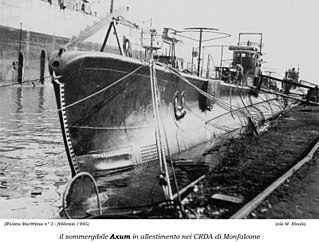
Italian submarine Axum was an Adua-class submarine built in the 1930s, serving in the Regia Marina during World War II. She was named after an ancient city of Axum in Ethiopia.

Italian submarine Alagi was an Adua-class submarine built in 1930s serving in the Regia Marina during World War II. She was named after the Amba Alagi mountain in Ethiopia.
The Adua-class submarine was the fourth sub-class of the 600 Series of coastal submarines built for the Regia Marina during the 1930s. There were 17 submarines in this class, almost all named after places in Ethiopia which had been an Occupied by Italy since 1936, but only one, Alagi, survived World War II. Three submarines of this class were sold to Brazil before the war and replaced with submarines of the same names.
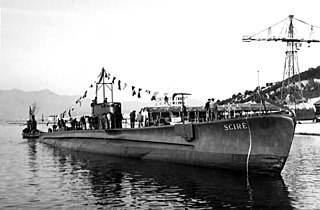
Italian submarine Scirè was an Adua-class submarine, built in 1930s which served during World War II in the Regia Marina. It was named after a northern region of Ethiopia, at the time part of Italian East Africa.

HMS Salmon was a second-batch S-class submarine built during the 1930s for the Royal Navy. Completed in 1935, the boat fought in the Second World War. Salmon is one of twelve boats named in the song "Twelve Little S-Boats".

HMS Simoom was a third-batch S-class submarine built for the Royal Navy during World War II. She was laid down on 14 July 1941 and launched on 12 October 1942.

Italian submarine Durbo was an Adua-class submarine built for the Royal Italian Navy during the 1930s. It was named after a town of Durba in Ethiopia.

Italian submarine Uebi Scebeli was an Adua-class submarine built for the Royal Italian Navy during the 1930s. It was named after Shebelle River in Ethiopia.

Italian submarine Lafolè was an Adua-class submarine built for the Royal Italian Navy during the 1930s. It was named after a "massacre at Lafolè", an ambush set up by Somalis on November 25, 1896, against a travelling Italian party near a village of Lafolè.

Italian submarine Berillo was a Perla-class submarine built for the Royal Italian Navy during the 1930s. It was named after a gemstone Beryl.

Delfino was one of four Squalo-class submarines built for the Regia Marina during the late 1920s. The boat served in World War II and was sunk in 1943 after a collision with another Italian ship.
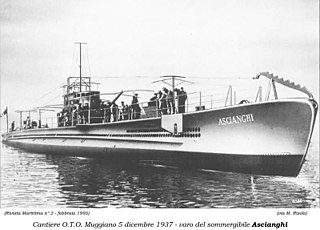
Italian submarine Ascianghi was an Adua-class submarine built for the Royal Italian Navy during the 1930s. It was named after Lake Ashenge in Ethiopia.
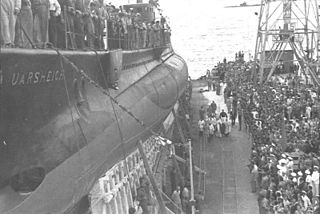
Italian submarine Uarsciek was an Adua-class submarine built for the Royal Italian Navy during the 1930s. It was named after a village in Somalia which housed a coast guard station during the period of Italian colonial control.

Italian submarine Tembien was an Adua-class submarine built for the Royal Italian Navy during the 1930s. It was named after a Tembien region of Ethiopia, where Italian troops fought two battles against more numerous Ethiopian troops during the Second Italo-Ethiopian War.

Italian submarine Beilul was an Adua-class submarine built for the Royal Italian Navy during the 1930s. It was named after a town of Beilul in Eritrea.

Italian submarine Aradam was an Adua-class submarine built in the 1930s, serving in the Regia Marina during World War II. She was named after the Amba Aradam mountain in Ethiopia.

Italian submarine Adua was an Adua-class submarine built in the 1930s, serving in the Regia Marina during World War II. She was named after Adwa, a town in northern Ethiopia.
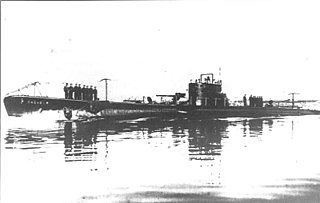
Italian submarine Dagabur was an Adua-class submarine built for the Royal Italian Navy during the 1930s. It was named after a town of Dagabur in eastern Ethiopia. The submarine played a minor role in the Spanish Civil War of 1936–1939 supporting the Spanish Nationalists. On August 11, 1942, during World War II, Dagabur was rammed by destroyer HMS Wolverine and sank with all hands.

Italian submarine Gondar was an Adua-class submarine built for the Royal Italian Navy during the 1930s. It was named after a city of Gondar in northern Ethiopia.
Italian submarine Dessiè was an Adua-class submarine built for the Royal Italian Navy during the 1930s. It was named after the town of Dessie in north-central Ethiopia.


















